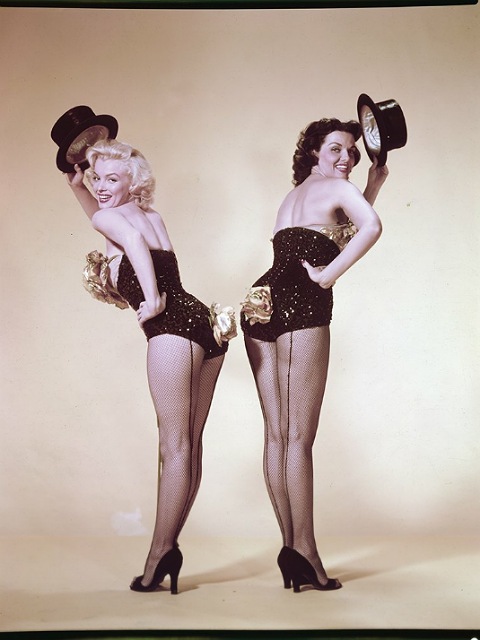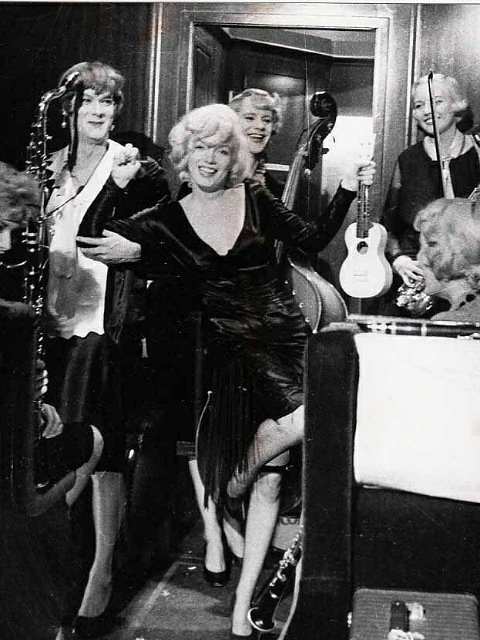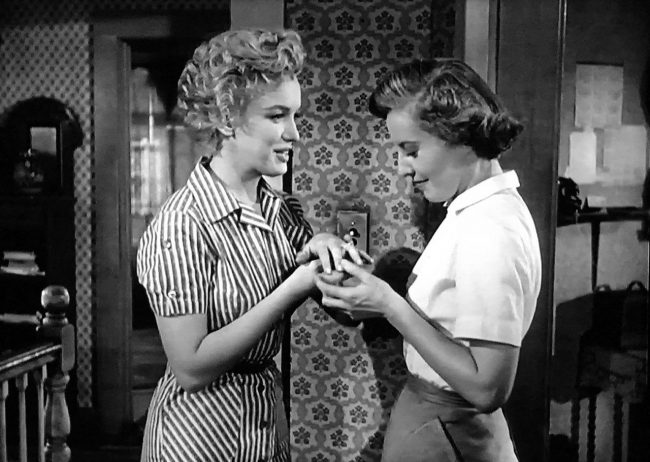
Marilyn made 29 films during her 15-year career (excluding the unfinished Something’s Got to Give.) Around half of these were made while she was still a starlet, and her screen-time is often quite limited although she always made the most of her role. In the first of an New York Magazine series profiling classic Hollywood stars, Angelica Jade Bastien has taken on the daunting task of ranking all 29 films from worst to best, with insightful commentary on each one. I don’t agree with all her opinions – for example, I would put The Seven Year Itch (ranked 10th) in my top 5. There’s also a question of whether to judge each movie as a whole, or by Marilyn’s performance – for example , her debut film, Scudda Hoo! Scudda Hay! (ranked 24th) is enjoyable fluff, but Marilyn’s role was cut to ribbons. Whereas her next ‘bit part’, in Dangerous Years (ranked just below at 25th) was more engaging. Let’s Make Love (ranked 22nd) and There’s No Business Like Show Business (ranked 15th) are among my least favourite of Marilyn’s major films, but her musical numbers are superb. However, we all have our own preferences and it’s always great to see Marilyn’s true legacy in the spotlight, where it belongs.
“Hollywood has been creating a mythology around blonde bombshells since its beginnings. But no blonde sex symbol has had a deeper and more long-lasting impact on film and American culture than Marilyn Monroe. You probably had an image of Monroe in your mind long before you ever saw her on film. The dumb blonde. The white-hot sex symbol. The foolish girl-woman. The picture of mid-century femininity — wasp-waisted, platinum blonde, and buxom. The tragic victim. These warring images have lasted long after Monroe’s death in 1962 at 36 years old, and they’re easy to twist into caricature. She’s been flattened onto dorm-room posters, mugs, T-shirts, artist renderings. She’s been linked to falsely attributed quotes, conspiracy theories, and lurid rumors. But Monroe was more complex than her legacy suggests, as both an actress and a woman. This ranking of Monroe’s 29 films — based on her performance in each — gives a sense of what a supremely talented comedian and dramatic actress she was, with a keen understanding of the camera that few actors can replicate.”




